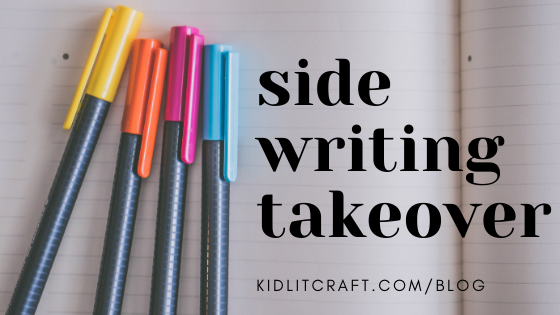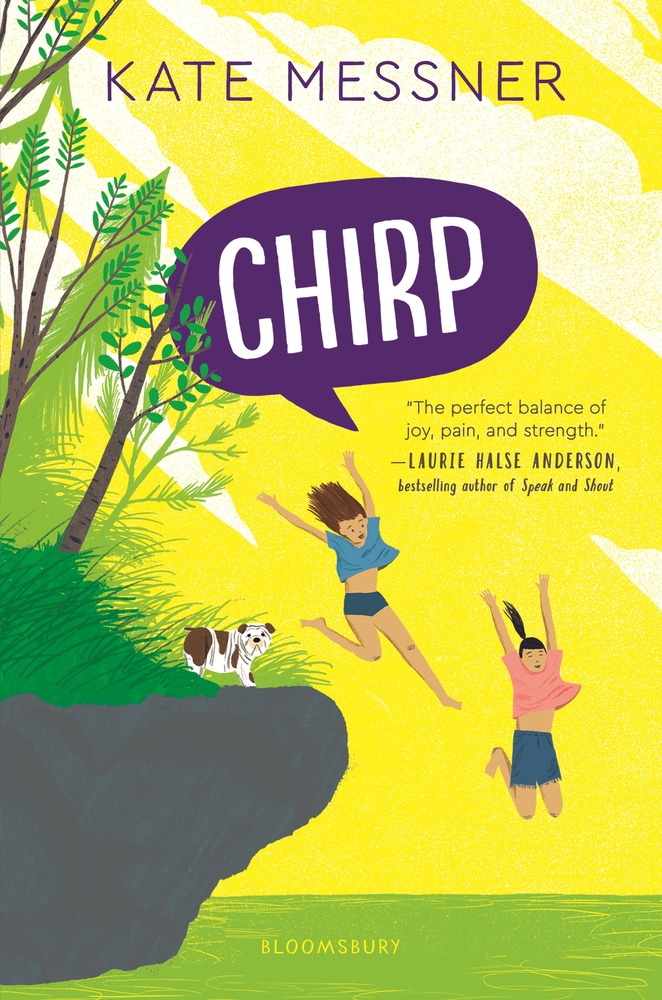hello!
JOIN US IN EXPLORING OTHERS' CRAFT AND BUILDING OUR OWN
Kristi Wright: “Ultimately, you don’t need to be fancy and organized when it comes to sidewriting. It’s the thing that gets to be as messy as you want it to be. There’s no shame in it–no right way or wrong way. I’m always going to be the equivalent of Charlie Brown’s friend Pig-Pen when it comes to sidewriting, and I’m cool with that.”
When I don’t know the WHY behind a scene or a character, there is nothing more helpful than stepping away from the manuscript. When I am writing away from my story, I am free to explore my characters, setting, plot, theme…well everything. And since it doesn’t “count,” it also doesn’t have to be good—that is the permission slip I need.
I’ve finally discovered a way of dumping this inner perfectionist for at least part of the journey. I learned through trial and error that the keyboard, domain of the delete key, precursor to print, was where my perfectionist tended to take control. Pencil and paper was where my heart led the way. Which is why I began to “channel” my characters through freewriting. Like poetry, freewrites are a way I ditch my inner critic and make the switch from common sense to felt sense, from thoughts to emotions.
The sidewriting exercise I rely on most is really simple. I write a messy, gossipy version of my story (or scene or conflict). I handwrite it, like it’s a note I might pass in class, and I allow myself plenty of gossipy digressions. . . . I’ve developed a kind of outlining process I love, but sometimes I really crave the structure of gossip, the way it’s built on cause and effect.
I always start with character. For me, that’s the spark that makes me want to write. Who is this person in my head? What are they grappling with? What do they need to figure out (about themselves and/or life in general)? To answer these questions, I write scenes about them and sometimes in their voice.
The more characters there are, the harder it is for the reader to connect with the important ones. As authors, we want to make sure every character serves a purpose.
“I’ve learned that the most important thing is to keep writing about what I love, what’s important to me, what I’m curious about. I’ve learned to put a piece of myself in every story. And I’ve learned that being vulnerable in my writing means that it will resonate with others.”
Sometimes in planning a story, you might find that the character’s desire is a little too abstract, or that their desire isn’t really something they can affect. There is a solution: a controlling belief.
Weisfeld envisioned a book series and a brand that encouraged and taught girls to be entrepreneurs through engaging, adventurous stories.
Durham has made his job as a writer easier by having a strong turn near the midpoint of the book. He has something to build toward in the first half of Act 2 and something to move from in the second half.





